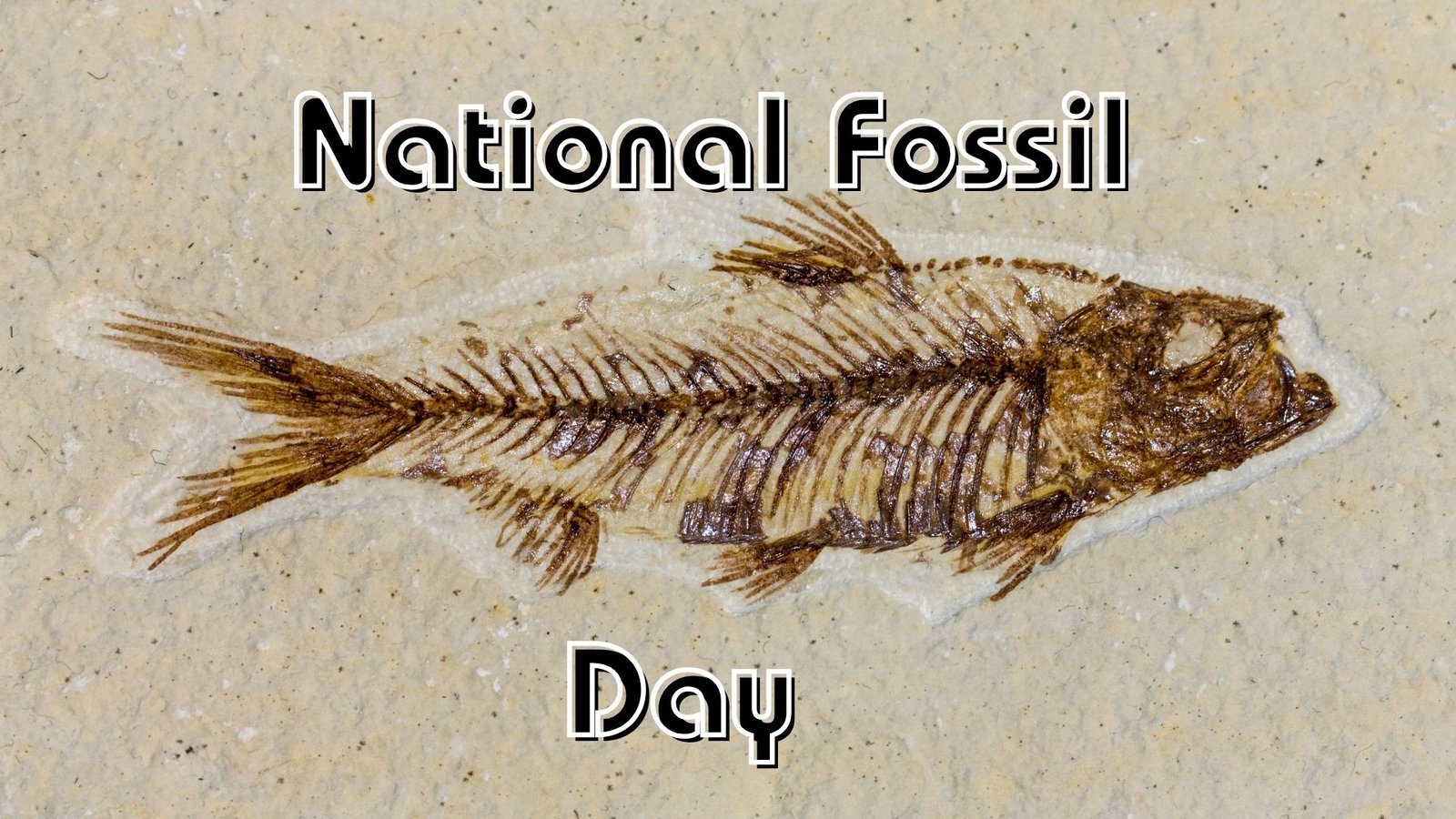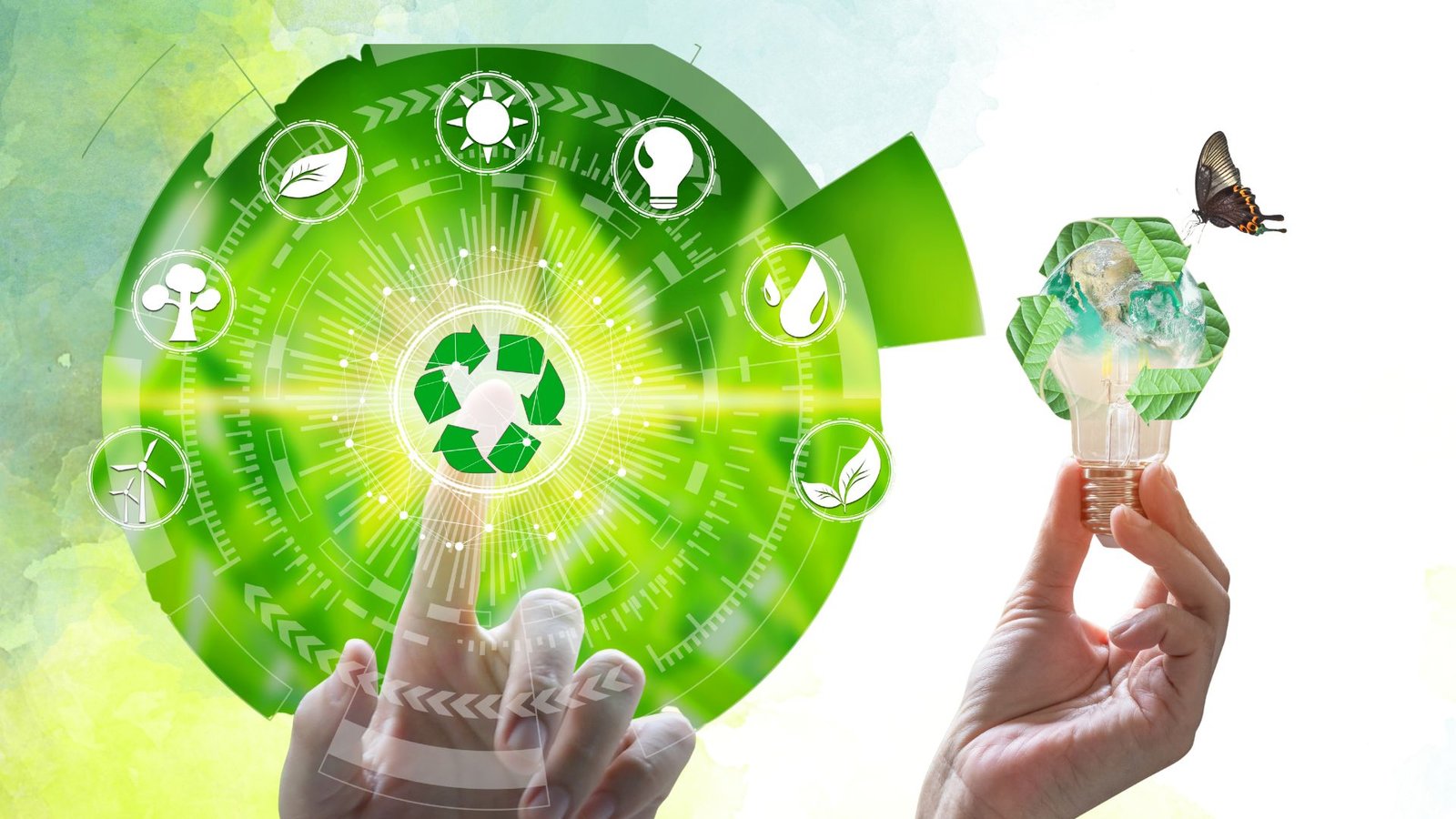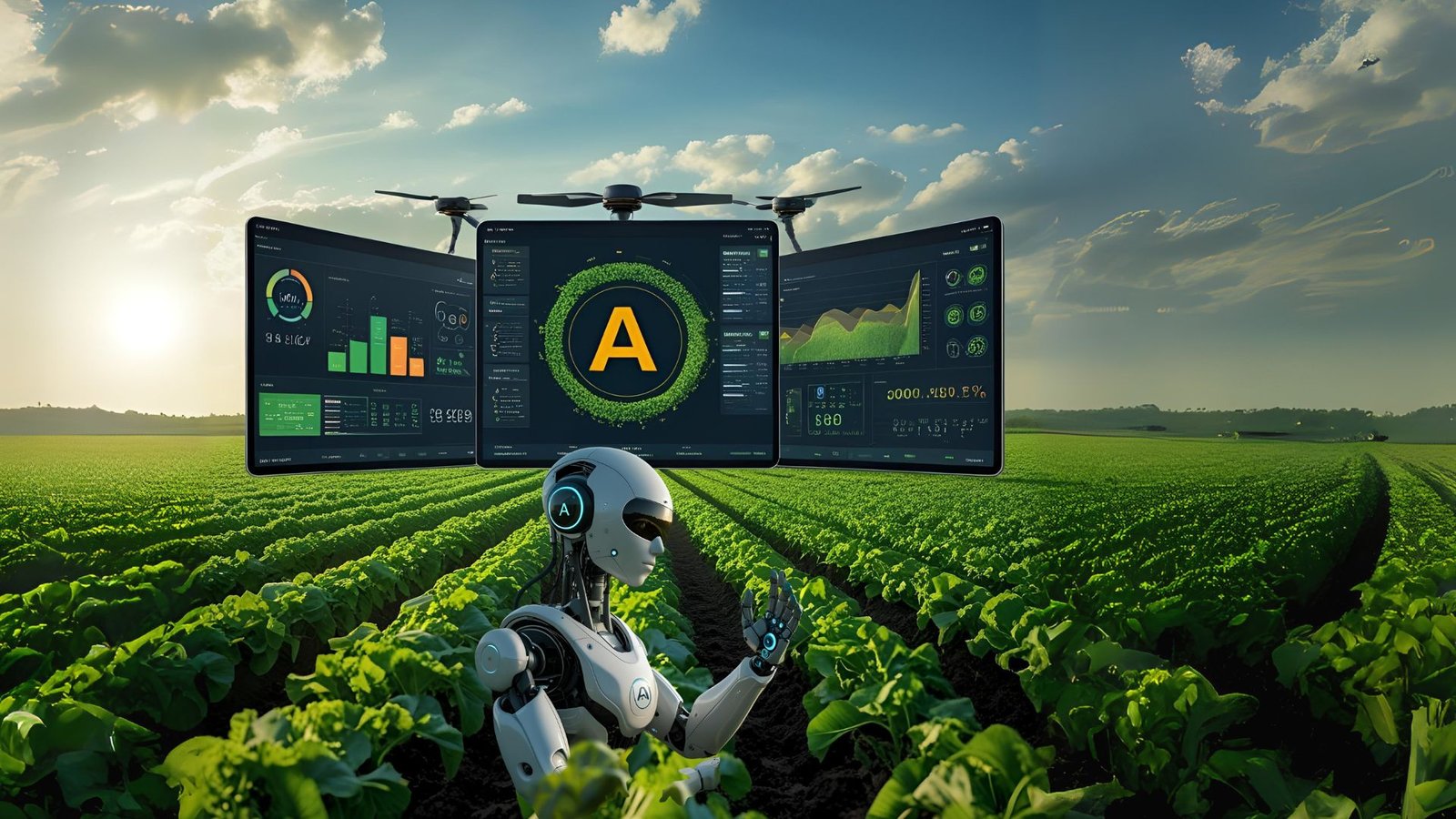-
National Fossil Day: Celebrating Earth’s Ancient Stories
Every stone, shell, or petrified leaf holds a story — a whisper from deep time. National Fossil Day is our annual moment to stop, look, and listen to those whispers. It’s a celebration of life’s history, evolution, and the mysteries written in stone. What Is National Fossil Day? National Fossil Day was established in 2010…
Written by

-
Tipping Point — What It Is, Why It Matters, and What We Can Do About It
A “tipping point” sounds dramatic — because it is. In climate and ecology, a tipping point is a critical threshold where a small additional change can push a whole system into a completely different state — often rapidly, and often with long-lasting consequences. Simply put, it’s that moment when gradual change turns into something sudden…
Written by

-
Waste-to-Energy Around the World: Global Success Stories
Imagine walking through a city where the trash trucks are part of the power grid. Where what was once a stinky pile of waste now helps light up homes, power factories, or warm buildings. That is not the future—it is happening now, across the world. Let’s explore some of the most inspiring success stories, then…
Written by

-
From Trash to Treasure: The Fascinating World of Waste-to-Energy
Discover how waste-to-energy (WtE) turns garbage into electricity, heat, and fuel. Learn about methods, global examples, pros and cons, and why WtE is key to a sustainable future.
Written by

-
Eco-Friendly Ganesha Idol Visarjan: Sustainable Ways to Celebrate Ganesh Chaturthi
Ganesh Chaturthi is one of the most celebrated festivals in India, marking the arrival of Lord Ganesha into our homes and communities. While the celebrations bring joy, music, and devotion, the traditional visarjan (immersion of idols in rivers, lakes, or seas) often causes severe environmental harm. Idols made of Plaster of Paris (PoP) and coated…
Written by

-
Plastic Treaty Negotiations Stalled: Why the World Still Struggles to Tackle Plastic Pollution
The fight against plastic pollution just hit another roadblock. Earlier this month, global leaders, policymakers, and negotiators gathered in Geneva for the sixth round of talks on the proposed Global Plastics Treaty. The goal was clear: build a legally binding agreement to curb the mounting crisis of plastic waste. Instead of progress, however, the talks…
Written by

-
AI in agriculture 2025: Explore smart farming tools, precision spraying, disease detection apps, and digital policies shaping the future of farming.
Written by

-
India’s Climate Reality — Flash Floods, Avalanches & the Call for Resilience
A Wake-Up Call from the Himalayas On 5 August 2025, a sudden cloudburst—or possibly a glacial lake outburst flood—triggered massive flash floods in Dharali village, Uttarkashi, Uttarakhand. Torrents of water, debris, and mud swept away homes, roads, shops, and at least four to five lives, with more than 50 people initially reported missing. Rescue efforts…
Written by

-
Invent. Protect. Profit: The Role of Patents in Today’s World
In the world of innovation and creativity, protecting your original ideas is crucial. Whether you’re an individual inventor, a startup, or a research organization, understanding what a patent is and how it works can empower you to safeguard your innovations and benefit from your hard work. Let’s explore everything you need to know about patents—from…
Written by

